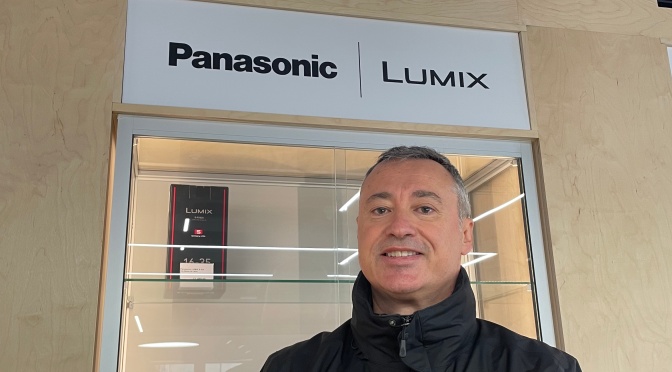After a few months of using the GH6 is time to answer the question pretty much every GH5 user is asking now.
The answer as always is … it depends. I hope this article will help you clarify your thinking.
Noise Performance
I have done a number of tests on all the GH5 and GH6 series cameras including the original GH5, the GH5S, the GH5M2 and the GH6.
While many people talk about dynamic range most only care about noise and in particular if this will show in your footage or not.
Unfortunately read noise accurate calculation are only possible for RAW image files not video. Video has an additional issue which is temporal noise.
As noise is random by nature each frame will have its own noise and the changes in noise generate that flickering effect that everybody hates. This is called temporal noise and to an extent every camera has it.
Obviously if you have less noise you will see less flickering but all cameras will have some.
The other discussion that has been going on forever is that large pixels are better for low noise, this is also not true as more pixels can be added and noise averaged out. So the only thing that matters is sensor size, sensor construction and the sensor coating.
The original GH5 did not have a great coating so when the GH5M2 was released sharing the same coating of the G9 most people were saying well it won’t matter much while instead it does.
The benefit that the AR coating brings to the GH5M2 compared to the original GH5 is around 2/3 Stops which is not negligible.
VLOG Implementation
The other difference among the various GH cameras is how VLOG is implemented.
In the GH5/GH5M2 VLOG is simply a curve and achieves no major benefit compared to other photo styles but it avoids you clipping highlights at expense of additional noise. This noise is managed overexposing 1 stop.
In the GH5s/GH6 VLOG applies underexposure behind the scenes of 1 and 1 1/3 stops so dynamic range is maximized. Both cameras have strategy to deal with noise. The GH5S applies noise filtering the GH6 scaling the net result is that VLOG in those camera is better than shooting something else.
Analysis
Using a mix of read noise on RAW files and calculation of how noise is managed I have created the following chart that shows how noise goes at bit level when ISO goes up.

Here you can see all the cameras I think this graphic explains pretty much what happens at high ISO. For low ISO you need to take into account shot noise and my analysis is not able to evaluate that however this will make a small difference to the evaluations.
So lets go into the specifics
I am a hybrid user I want the best of both worlds which camera is better for me?
The GH5M2 is currently the best camera in this category, it offers the best still image performance, it has IBIS and video is very good and can be improved with an external recorder if you wish. It also records 8 bits which is fine for those who do not want 10 bits at all costs and uses SD cards. The dynamic range of a still image is the best of all GH series cameras as seen on photonstophotos. Remember that RAW files are not denoised or scaled like video.

I am a GH5 video user should I buy a GH6
Assuming that you shoot vlog because if you don’t any camera works just fine the answer is yes unless you are always at ISO 400 with your GH5 and do not want to buy more ND filter the GH6 is a significant step forward.
You need to evaluate however if you need all the GH6 offers.
I am a GH5S video user is the GH6 for me?
While the GH6 performance is better than the GH5S in the high ISO zone at low ISO is worse. The GH6 has IBIS and all the features the GH5S has however it is limited to 12800. The GH6 also produces 25 megapixels photos but as a GH5S user this was probably not important.
So the answer is yes if you don’t need really high ISO (>12800).
I am a GH5M2 video user is the GH6 for me?
If you don’t mind ND filters, use the camera in both daylight and low light and you need any of the features like 120fps 4k then the answer is yes.
Conclusion
The GH5 has been a very competitive camera and the GH5M2 further improved on it. The GH5S has its own niche and all of those are strong proposition. When looking at the GH6 the key criteria is that you are focused on video and that you need all the codecs and feature the camera has.
I think this video sums it up nicely











